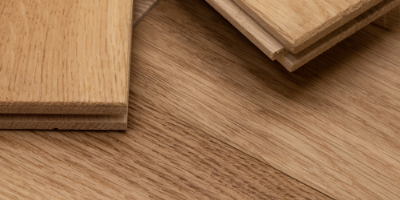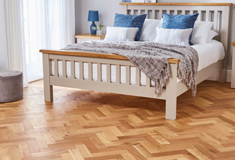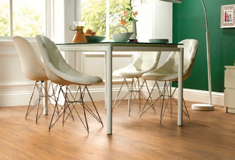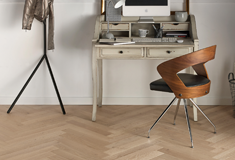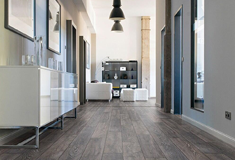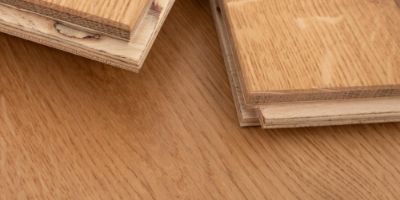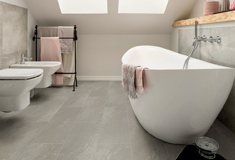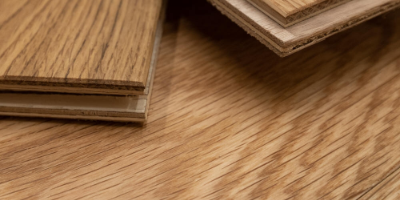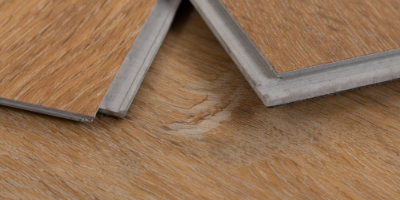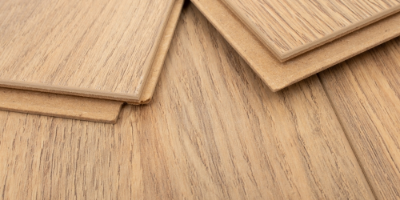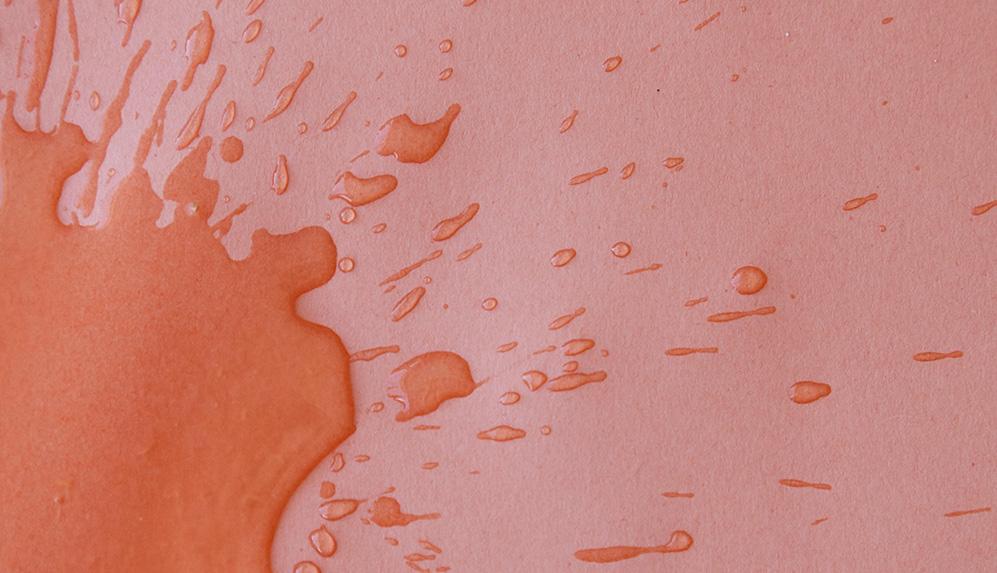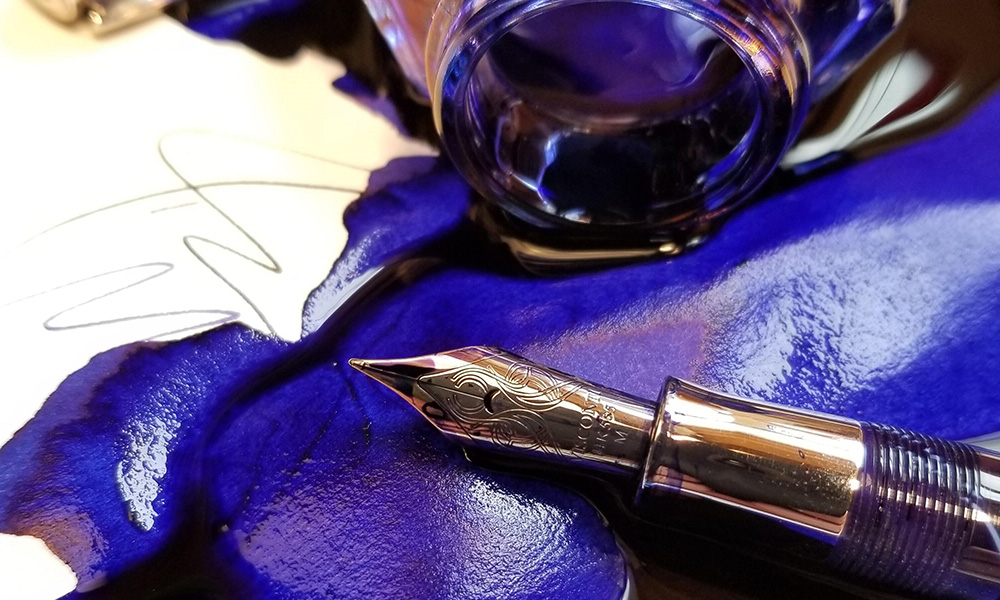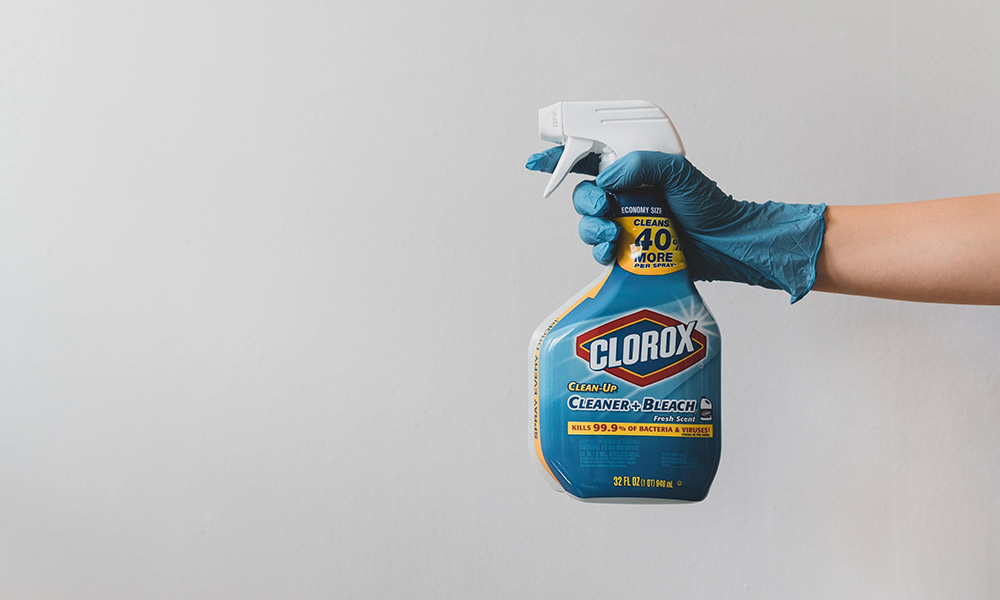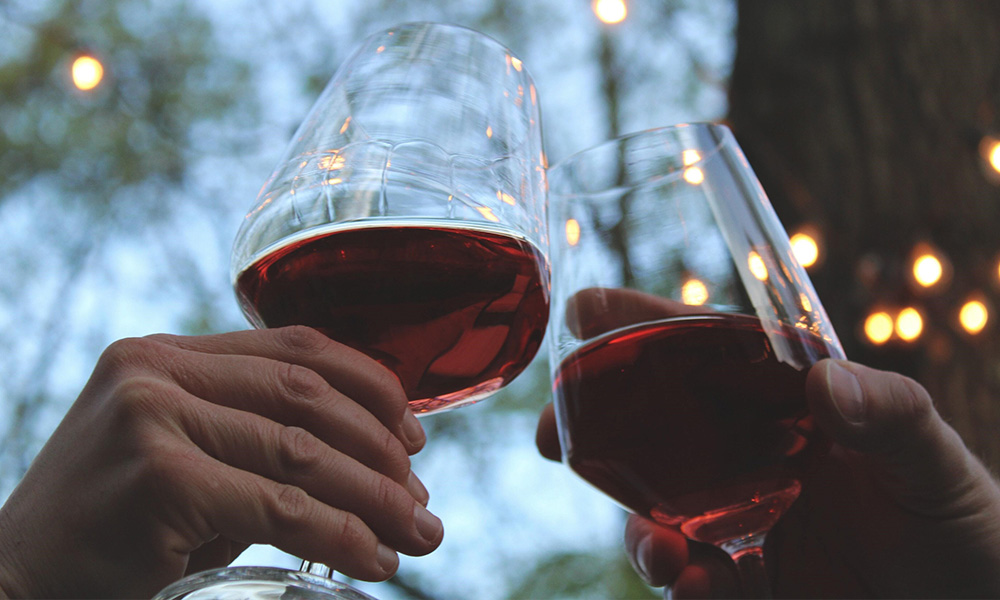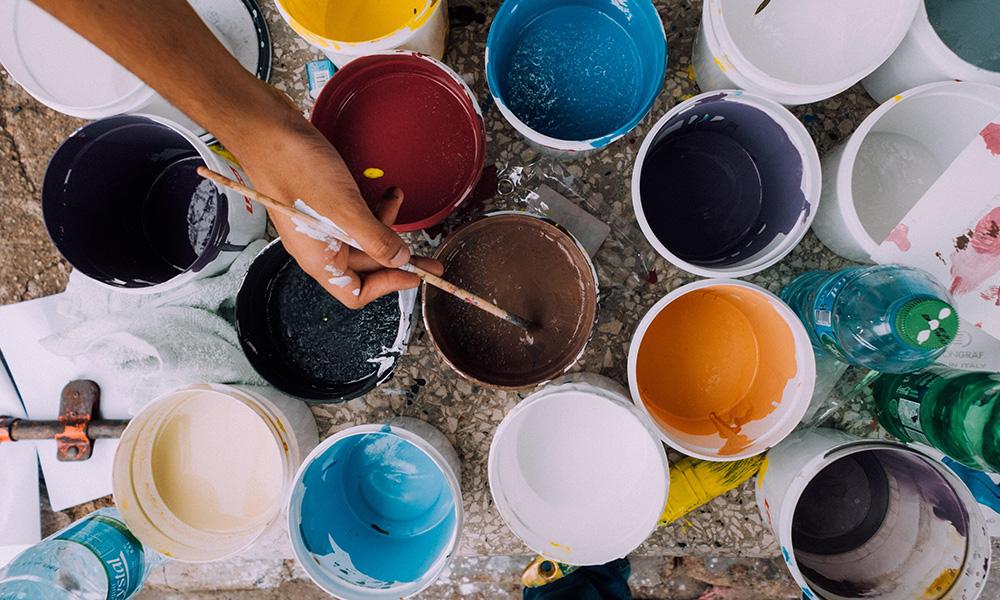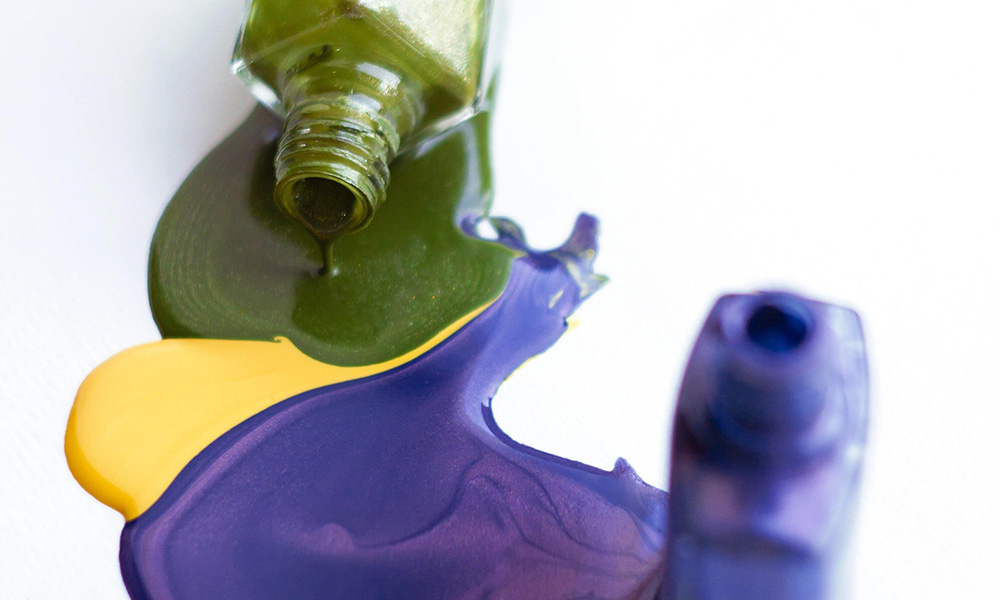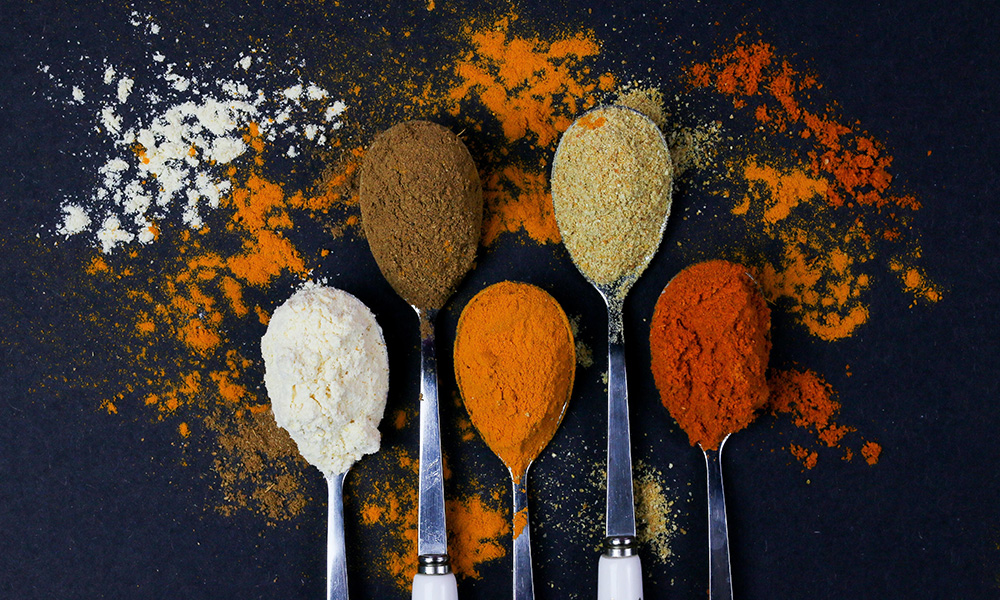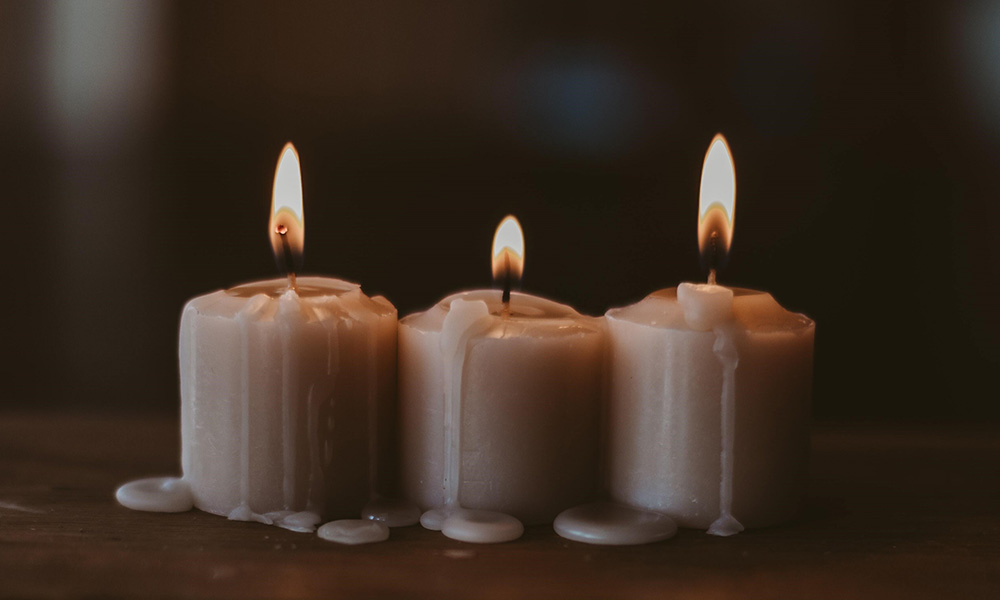Removing Common Stains from Your Flooring
Spills are an inevitable part of daily life so whether you’re hosting a party, cooking dinner or handling messy kids, it can be quite the struggle to keep your flooring intact over time.
Whilst most spills are harmless, there are a few that can put you in a spot of bother, and when you’ve put hard work and money into creating a beautiful home with luxury quality flooring, the last thing you want is for it to be spoiled.
That’s why as experts in flooring, we've revealed which stains are worst for your floors and put together a handy guide on how to clean common spills on solid wood, engineered wood, laminate and vinyl flooring.
We’ve rated the severity of the toughest household spills to give you an idea of how long-lasting the damage can be, and offer advice on how to take action quickly - a particular must for parents!
Spill & Soak Score 🧽
Level 4 - These products can stain your floors in less than 10 seconds!
Level 3 - These products can stain your floors in less than 30 seconds
Level 2 - These products can stain your floors in less than 1 minute
Level 1 - These products can stain your floors within 1-2 minutes
Ink - Level 4
Ink is one of the most severe spills to have in the home, as it’s the fastest acting. The high levels of pigment found in blue and black ink, paired with the thinness of the liquid allow it to soak up in wooden, laminate or vinyl flooring very quickly and cause damage in a matter of seconds.
How to remove ink stains from the floor
Grab either a paper towel or cloth as quickly as possible to soak up the liquid. Don’t rub or spread any of the liquid around as this will worsen the affected area.
For any remaining ink stains on non-oiled solid wood flooring, apply a few drops of surgical spirit to a cloth and gently rub away at the spill. Don’t apply too much, as you may risk bleaching the floor.
For laminate flooring and vinyl flooring, spray a little hairspray onto a kitchen towel and wipe the floor. You can repeat this process if necessary. This is a less abrasive technique and is good for floors which have a plastic seal on the top such as laminate, or vinyl flooring.
Bleach - Level 4
Bleach can also be a disastrous spill, although, depending on the type of bleach, stains may be less serious. Gel-based bleach, often found in toilet cleaning products, is a lower concentrate bleach and will not stain as quickly as thinner liquid bleach products. However, if you’re using chlorine bleach this is much more powerful and can quickly dissolve away your flooring, causing not just stains but unsightly dents too.
How to clean up a bleach spill on the floor
Grab a damp cloth or mop and wipe down the surface area. Don’t forget to wear gloves, as bleach is a hazardous chemical and can cause harm to the skin. This process should be followed for all types of hard flooring.
If a stain has been left, you may be in trouble depending on the flooring type. If you have vinyl or laminate flooring you may struggle to lift the stain and might want to consider a new tile or plank to replace it.
For those with solid wood flooring, there’s the option to sand down the bleach stain with 100-grit sandpaper. Bleach raises the wood grain, allowing you to sand away the affected area properly. It's best to then use the appropriate sealant and varnish on the wood. Be sure to check with the manufacturer on what this might be.
Red Wine - Level 3
Many of us are probably no strangers to a wine spill! There are plenty of techniques to effectively clean up red wine, but the most important thing is to act quickly. The high pigmentation of the fruit found in red wine means it can take under 30 seconds for it to soak into your floors and leave a nasty mark.
How to remove red wine stains on the floor
Apply a little soda water to the affected area. This may seem strange considering you’re adding to the spill, but the carbonation (bubbles) in the soda water will quickly dissolve the red pigmentation in the wine and help to prevent it from staining. After 30 seconds of soaking, take plenty of paper towels and soak up all the liquid. Be careful not to rub it, only placing it over the top of the water. This method can be used with any hard flooring.
If you’ve left the spill for too long, you might find that the soda water alone won’t remove the whole stain. If this happens, consider using a specialist remover such as Wine Away to professionally remove the red stain from your floor.
Paint - Level 3
If you’ve been adding a lick of paint to your space, it’ll be easy to spill the odd drop here or there. Paint is a thick mixture that if cleaned up as soon as spilt, can easily be rectified. However, some paint may be fast-drying and contain a high level of pigment which could quickly leave a stain on your floor.
How to remove paint stains from the floor
To begin the process of removing paint stains from your floor, it’s important to first identify which type of paint has been spilt.
- Oil paint: If your paint is oil-based, the use of chemicals is usually required. The best thing to do is quickly wipe the surface with a damp cloth, and let it dry naturally. Then, begin to sand away some of the paint to strip it back(you may need a dab of paint stripper too). Remove any excess by rubbing the surface with mineral spirits. This method is safe for hardwood and vinyl floors.
- Latex paint: Start by wiping as much of the paint as possible, and be careful not to scrub, to avoid further damage. Scrape as much of the dried paint off as you can, using a putty knife but taking care to avoid scratching the surface. Soak the area with a mixture of water and dish soap, scrubbing after a few minutes to begin removing the caked-on paint. If there’s still paint on the surface, use mineral spirits or alcohol to remove the excess.
Nail Polish - Level 2
Much like paint, a drop of nail polish can be spilt easily. Nail polish has a similar style and consistency to paint and is usually a high-pigment product, especially colours such as red, blue or black.
How to remove nail polish from the floor
For hardwood floors, your first instinct might be to grab a towel and wipe it up right away. However, that can rub the colour into the grain of the wood, making it harder to get out. Instead, wait for it to dry completely before you start cleaning up. Then scrape up the hardened polish with a plastic putty knife (nothing too sharp as it could damage your floors). Lastly, grab a paper towel and spray the affected area with hair spray. This should lift the colour out of the floor and then you can simply wipe away any remaining stains.
High Pigment Spice (Curry Spice) - Level 2
Cooking in the kitchen can sometimes be a messy ordeal, and even if you’re an organised cook, we’re all human and we drop food from time to time. Most food is not likely to stain hard flooring, especially if it’s cleaned up quickly. However, ingredients that carry high-pigment colours, such as curry spices and powders, like turmeric are the exception.
How to remove curry stains from your floor
Take a damp cloth and wipe up the spill. Then take two tablespoons of bicarbonate of soda and dilute it with one part water and one part white vinegar to create a thick paste. Apply this paste to the stain and gently rub it away, then wipe the surface with a clean cloth. You can repeat this process if necessary.
Candle Wax - Level 1
We’ve probably knocked over a candle or two in our lives. Candle wax is perhaps one of the lesser-intensity stains, although depending on the wax colour you could still suffer from residue marks.
How to remove candle wax from the floor
First, allow the wax to fully dry and then grab a putty knife or scraper and remove it gently to avoid scratching the floor. For any remaining wax or colour stains, there are a couple of options to choose from.
Firstly, try using steam. If you have a steam cleaner you can run this over the area and the steam will lift the wax and the colour from the floor safely. Alternatively, if a stain remains on the wood from the oils in the wax, you can use white vinegar. Dip a cloth or brush in a solution of one part white vinegar and two parts water. Allow the area to air-dry and repeat if needed.
If you’re in doubt about the best ways to remove a stain from your floor, we advise checking with the manufacturer to ensure you’re using a product that won’t harm the flooring.

